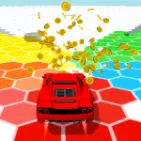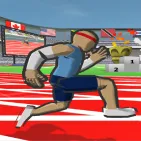new games
 Tap Drift
Tap Drift Orbit Kick
Orbit Kick Steal Brainrot Online
Steal Brainrot Online Tank Stars
Tank Stars Racing Horizon
Racing Horizon Blocky Rider
Blocky Rider American Truck Driving
American Truck Driving Crafty Car
Crafty Car Rally Racer Dirt
Rally Racer Dirt City Brawl
City Brawl Santa Rider
Santa Rider Mad Trails
Mad Trails Drift Hunters Pro
Drift Hunters Pro Snow Rider 3D Nostalgia
Snow Rider 3D Nostalgia Dude Theft Auto
Dude Theft Auto Slope Rider 2
Slope Rider 2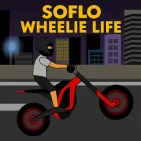 SoFlo Wheelie Life
SoFlo Wheelie Life Deer Adventure
Deer Adventure Slope Run
Slope Run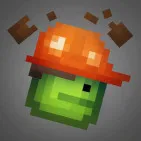 Melon Playground
Melon Playground Obby Roads
Obby Roads Drift Hunters
Drift Hunters Impossible Car Stunts
Impossible Car Stunts Steal Car Duel
Steal Car DuelTraffic Trap
Traffic Trap is a fun and interesting traffic jam puzzle game. It is an interesting test of the player's tactical thinking, observation skills, and "patience." In a world where every car is "eager" to pass the intersection, you—the player—are the only one who keeps everything from falling into chaos.
What is the player's mission in Traffic Trap?
The main goal of Traffic Trap is clear: navigate the car through the intersection without causing an accident. It sounds simple, but just one click or touch of the screen at the wrong time, and a series of accidents will happen immediately.
You do not have direct control of the vehicle—you can only change the direction or allow the car to turn by tapping on the car at the right time, and all cars run in the direction of the arrow on the roof.
New Mechanics I Appreciate
Hidden Priority System
Unlike traffic control games with clear red-green lights, Traffic Trap operates on a “hidden priority” system based on the order of appearance and direction. The car on the left can go first if the car on the right signals a left turn, and vice versa. Players need to observe this hidden rule to make the right decision without direct instructions from the game.
“Traffic Lock” Mechanism
If you allow too many cars to enter an intersection without calculating properly, the game can fall into a “deadlock” state—a chain jam where no car can escape. This is a new element that makes you think not only quickly but also far-sightedly, like a real infrastructure manager.
Interact with dynamic traffic lights.
Although there are no traditional traffic lights, many levels will have “traffic light simulation” waiting lines, where cars will stop for 1–2 seconds. Taking advantage of the moment when the car stops temporarily to clear the other traffic is an important tactic that not all new players pay attention to.
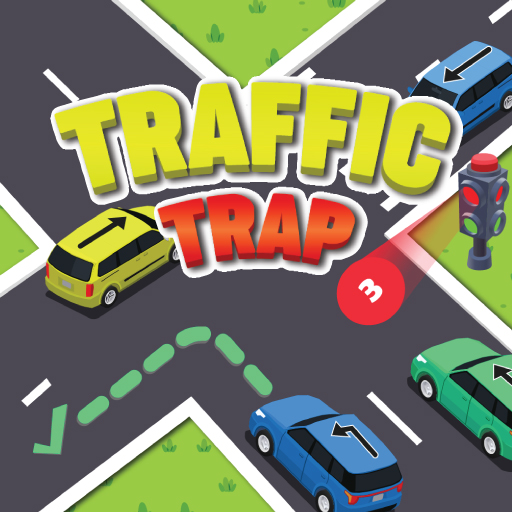
Flexible gameplay on all devices
- On PC: You click on the car at the right time to let it change direction or continue.
- On mobile: Tap the car lightly, also at the right time—if it is too early or too late, the car can collide or go in the wrong direction.
Winning tips
- It is not always necessary to let the car go "immediately—"holding" the car for a few seconds can help the entire other traffic flow more smoothly.
- Observe the position of the car appearing next—some levels have a fixed appearance logic; you can learn in advance to anticipate.
- Limit continuous actions—sometimes, fewer actions are more effective than more actions but lack strategy.
Traffic Trap is a game that confuses you not because of the graphics or the number of cars, but because the simplicity in the controls hides the complexity in the strategy. One wrong touch—game over. But that's what creates the feeling of excitement, tension, and extreme satisfaction when you clear the entire intersection without a single car colliding.














